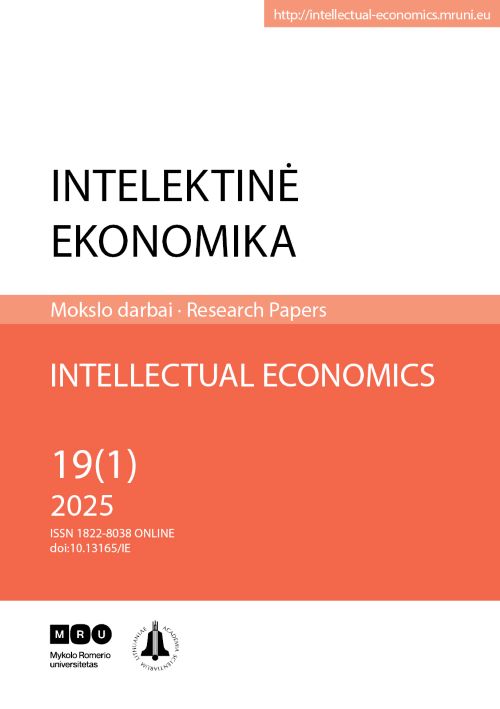Perception on the Effectiveness of Hybrid Work Model in Human Resource Management Practices
##plugins.themes.bootstrap3.article.main##
Abstract
Purpose. The purpose of this paper is to explore the effectiveness of the hybrid work model in Human Resource Management (HRM) practices from the HRM experts’ perceptions. The study is designed to provide a clear understanding of the use of hybrid work systems within Human Resource Management practices.
Methodology. The study emphasized a qualitative approach guided by phenomenological inquiry to explore the effectiveness of the use of hybrid work practices among the Human Resource Management experts.
Findings. The finding established five main elements of integrating a hybrid work model into HRM practices: Wider talent pool and increase in diversity and inclusion; Increase employee productivity; Enhancement of technology; save costs and enhance employee work-life balance.
Originality. This paper has provided unique evidence from HR experts, particularly in the private sector, on their experiences of assimilating the hybrid work model and its effectiveness in their HRM practices.
Novelty of study. This study’s value is found in its examination of the hybrid work model within HRM practices, which hasn’t been thoroughly examined from the viewpoints of private-sector HRM specialists. The study offers new insights into how hybrid work can be successfully incorporated into HRM practices by identifying five essential components: a larger talent pool and diversity, increased productivity, technological advancement, cost savings, and improved work-life balance
Keywords: Hybrid Work Model, Human Resource Management, Technological Advancement, Employee Productivity, Effectiveness
JEL Classification: M12, M54, J24
##plugins.themes.bootstrap3.article.details##

This work is licensed under a Creative Commons Attribution 4.0 International License.
Authors contributing to Intellectual Economics agree to publish their articles under a Creative Commons Attribution 4.0 International Public (CC BY) License, allowing third parties to share their work (copy, distribute, transmit) and to adapt it, under the condition that the authors are given credit, and that in the event of reuse or distribution, the terms of this licence are made clear.


 https://orcid.org/0000-0002-4569-8321
https://orcid.org/0000-0002-4569-8321





